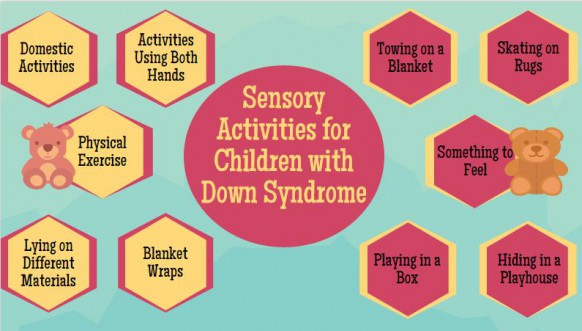Sensory Activities for Children with Down Syndrome
 Schooladvisor Team
Schooladvisor TeamActivities for Children with Down Syndrome: Affecting 1 in every 660 births in Malaysia, Down Syndrome is the most common chromosomal abnormality caused by an extra copy of chromosome 21 which is why it is also known as Trisomy 21. Down Syndrome is a disability that transcends race, nationality and economic status. The extra chromosome results in a child having physical and intellectual developmental problems. It occurs in people from all backgrounds but the main cause of the chromosomal abnormality is unclear. A popular theory is that the older a women gets, the higher the probability of her child having Down Syndrome. However, this theory is not supported by scientific research.The effects and extent of the extra chromose varies greatly among people depending on genetic history and even by pure chance.
Down Syndrome is a disability that transcends race, nationality and economic status. The extra chromosome results in a child having physical and intellectual developmental problems. It occurs in people from all backgrounds but the main cause of the chromosomal abnormality is unclear. A popular theory is that the older a women gets, the higher the probability of her child having Down Syndrome. However, this theory is not supported by scientific research.The effects and extent of the extra chromose varies greatly among people depending on genetic history and even by pure chance. Children with Down Syndrome (CDS) are affected differently from one another. Most of them however, do share a number of physical characteristics and developmental problems such as:
Children with Down Syndrome (CDS) are affected differently from one another. Most of them however, do share a number of physical characteristics and developmental problems such as:
- Reduced muscle tone that results in floppiness (hypotonia)
- A small nose and a flat nasal bridge
- Eyes that slant upwards and outwards
- broad hands with short fingers
- below-average weight and length at birth
It is important to note however, that not all CDS look alike. Like other people, they also share physical features with their parents and other family members.CDS also experience difficulty in learning to speak, walk, sit and stand due to their condition. They will eventually gain these skills but it will take more time. 1 in every CDS also experience the Autism Spectrum Disorder (ASD) or Attention Deficit Hyperactivity Disorder (ADHD).There are a few sensory activities that parents can practice with their children to heighten their senses and make them more aware of their surroundings: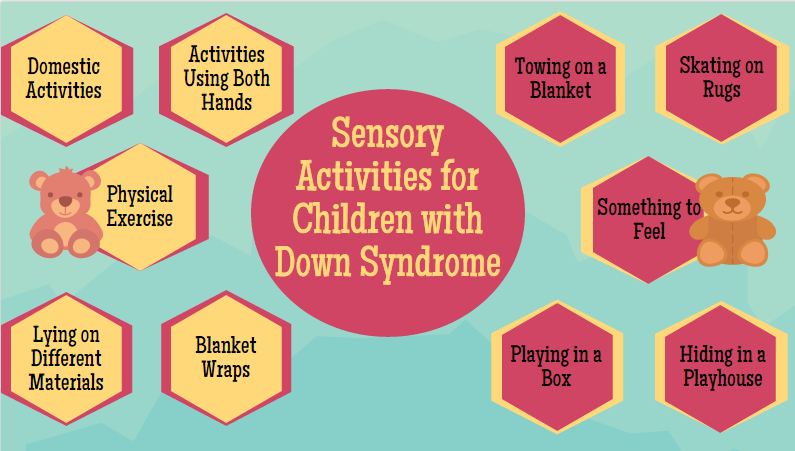
1. Domestic Activities
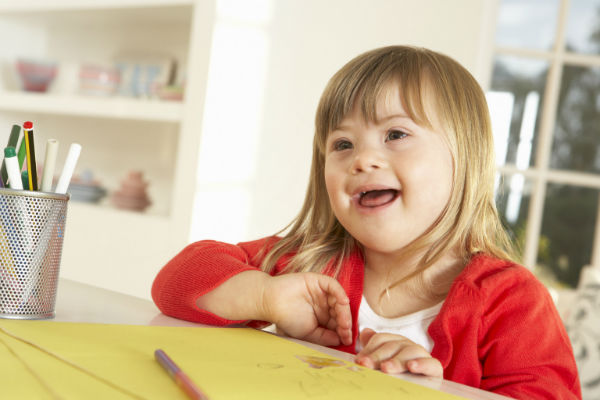 CDS can benefit from domestic activities because it helps them to focus on the task besides giving them the opportunity to use their muscles. Start from simpler ones such as unpacking groceries and putting them in the cupboard and work up to the more complicated ones over time depending on their abilities.
CDS can benefit from domestic activities because it helps them to focus on the task besides giving them the opportunity to use their muscles. Start from simpler ones such as unpacking groceries and putting them in the cupboard and work up to the more complicated ones over time depending on their abilities.
2. Activities Using Both Hands
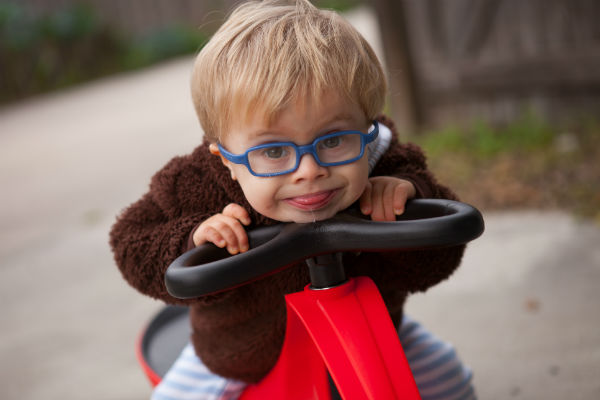 Help your child concentrate by engaging them in an activity that requires the usage of both hands. Providing them with materials such as clay, paint and sad will help them focus a lot better because it involves the use of their sensory system as well. For example, tying something with ropes, threading beads and carrying a large objects.
Help your child concentrate by engaging them in an activity that requires the usage of both hands. Providing them with materials such as clay, paint and sad will help them focus a lot better because it involves the use of their sensory system as well. For example, tying something with ropes, threading beads and carrying a large objects.
3. Physical Exercise
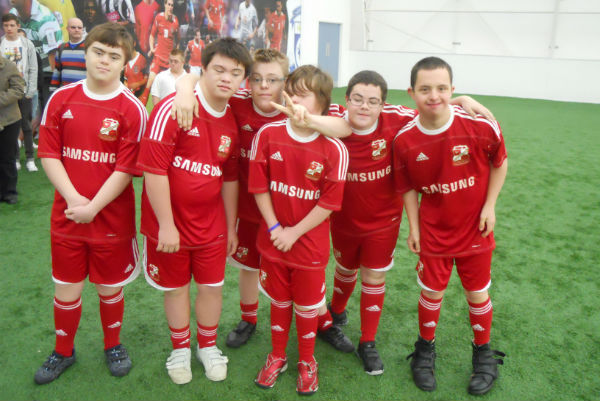 Maintaining physical health is important for everybody especially for CDS. Physical exercises can help them experience a new sensation in their sense of balance, posture and movement. For example, try taking them to the playground and let them enjoy going down the slide or going on the swing so they can experiment with different motions.
Maintaining physical health is important for everybody especially for CDS. Physical exercises can help them experience a new sensation in their sense of balance, posture and movement. For example, try taking them to the playground and let them enjoy going down the slide or going on the swing so they can experiment with different motions.
4. Lying on Different Materials
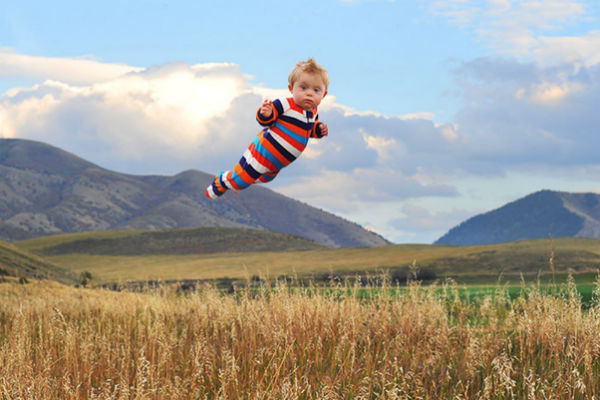 A good method of to make your child aware of differen body parts is to let them lay down on different materials such as pillows and plush toys. Rolled towels and cuddly toys can also be used for this activity. The child can lay on the material while you try to pull the material away from underneath them. This will cause the child to strain his muscles and make him more aware of muscle movements.
A good method of to make your child aware of differen body parts is to let them lay down on different materials such as pillows and plush toys. Rolled towels and cuddly toys can also be used for this activity. The child can lay on the material while you try to pull the material away from underneath them. This will cause the child to strain his muscles and make him more aware of muscle movements.
5. Blanket Wraps
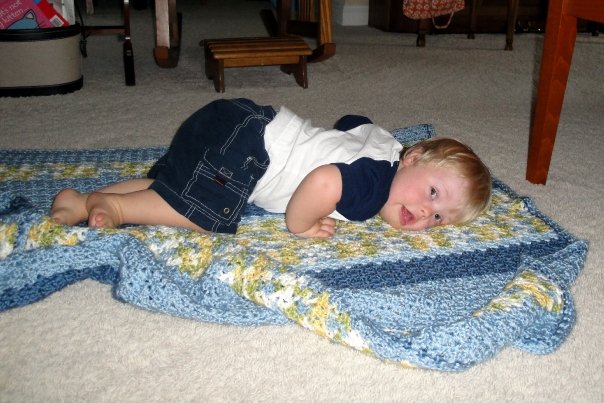 Wrapping up a child in a blanket can give them a sense of security to the whole body and often helps calm them down. Some CDS find it therapeutic to stay in a blanket once in a while. You can even turn this into a game by helping the child unwrap himself or preventing the child from rolling out of the blanket.
Wrapping up a child in a blanket can give them a sense of security to the whole body and often helps calm them down. Some CDS find it therapeutic to stay in a blanket once in a while. You can even turn this into a game by helping the child unwrap himself or preventing the child from rolling out of the blanket.
6. Towing On A Blanket
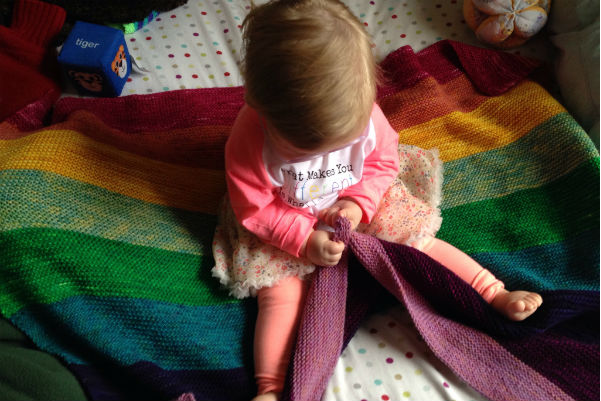 This enjoyable activity will require you to have a smooth floor surface and a blanket for towing purposes. Being towed can give the child a lot of pleasure in movement and make them enjoy the sensation of being towed around. This is also a great activity for children with motor problems and can be a fun way of moving them from one room to another.
This enjoyable activity will require you to have a smooth floor surface and a blanket for towing purposes. Being towed can give the child a lot of pleasure in movement and make them enjoy the sensation of being towed around. This is also a great activity for children with motor problems and can be a fun way of moving them from one room to another.
7. Skating On Rugs
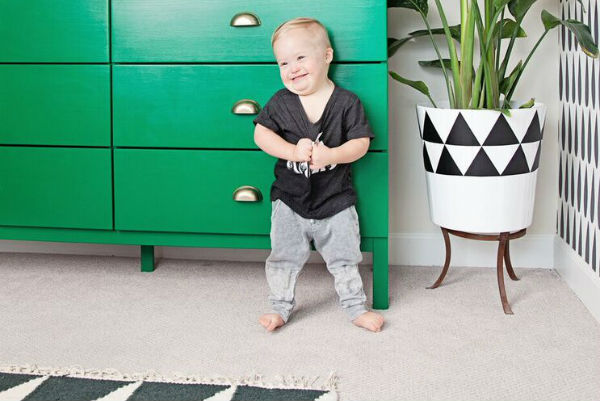 Another activity that involves having a smooth floor surface is rug skating. Cut two small pieces from an old rug and have your child place her feet in the middle of the pieces. Then ask your child to move around the floor while still keeping her foot in the middle. You can even make the game harder by asking them to slide in a straight line or backwards.
Another activity that involves having a smooth floor surface is rug skating. Cut two small pieces from an old rug and have your child place her feet in the middle of the pieces. Then ask your child to move around the floor while still keeping her foot in the middle. You can even make the game harder by asking them to slide in a straight line or backwards.
8. Something To Feel
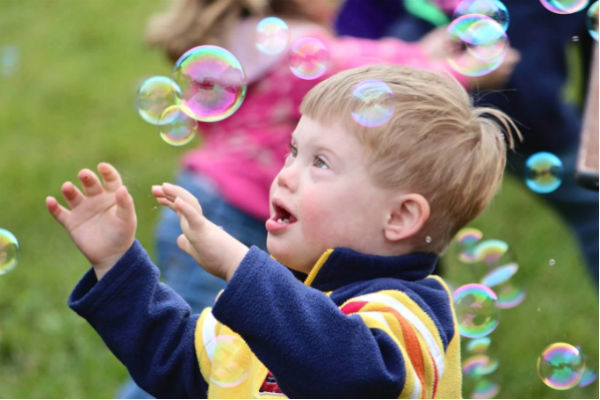 Many children find it calming to have something to fiddle with in their hands most of the time. It should be something that fits into the hand easily such a piece of playdoh, a piece of moulding rubber or a rubber band. This activity can help them to focus better when they are watching or listening to something.
Many children find it calming to have something to fiddle with in their hands most of the time. It should be something that fits into the hand easily such a piece of playdoh, a piece of moulding rubber or a rubber band. This activity can help them to focus better when they are watching or listening to something.
9. Playing In A Box
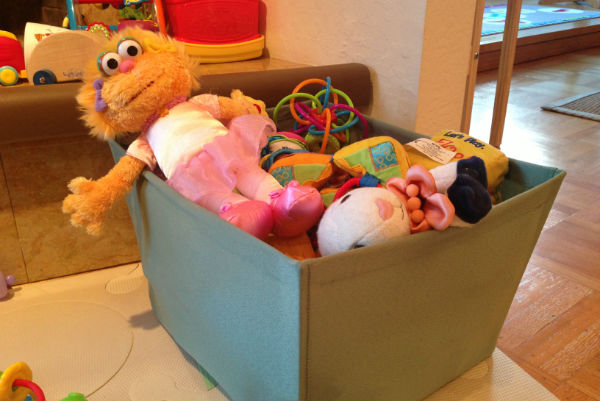 This is a guaranteed fun activity for CDS. Place them in a box filled with plush toys and let them play and experiment with the different kind of plushies, something which they will enjoy immensely. Suitable materials include chestnuts, cuddle toys and tennis balls. Get creative and come up with different type of materials that you think would be great for this game.
This is a guaranteed fun activity for CDS. Place them in a box filled with plush toys and let them play and experiment with the different kind of plushies, something which they will enjoy immensely. Suitable materials include chestnuts, cuddle toys and tennis balls. Get creative and come up with different type of materials that you think would be great for this game.
10. Hiding In A Playhouse
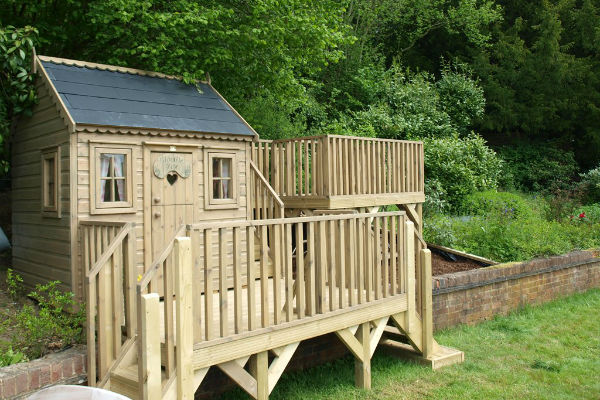 At times, children can become easily overwhelmed with what is happening around them. When this happens it is advisable to keep out stimuli by covering them with a blanket and giving them some time to be alone so they can recover. You can also have fun with this by constructing a playhouse together in a corner using pillows and blankets so they can safely withdraw whenever they want to.
At times, children can become easily overwhelmed with what is happening around them. When this happens it is advisable to keep out stimuli by covering them with a blanket and giving them some time to be alone so they can recover. You can also have fun with this by constructing a playhouse together in a corner using pillows and blankets so they can safely withdraw whenever they want to.
